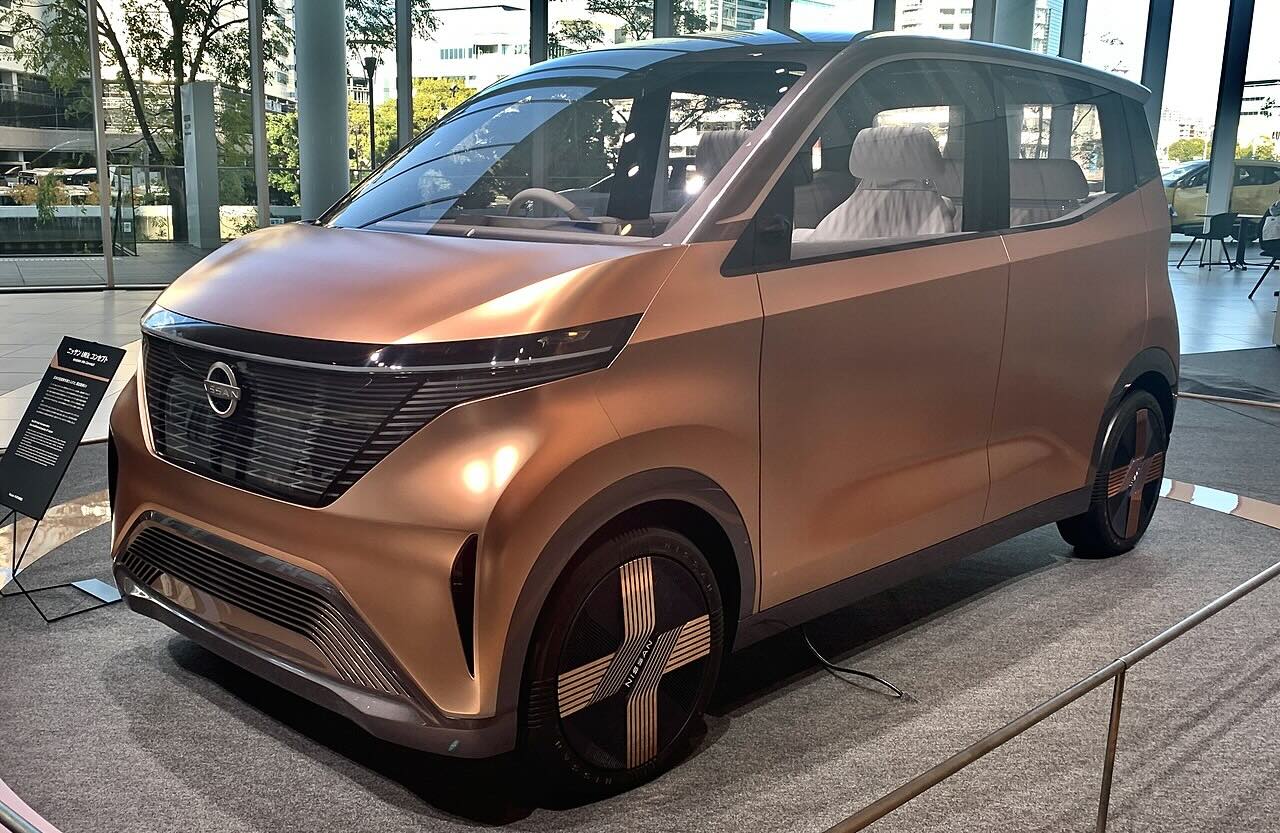
Nissan’s organizational structure has a central corporate hierarchy revolving around the company headquarters in Japan. However, the company has other structural attributes that contribute to optimal business performance in the global automotive market. These attributes impart some flexibility to Nissan’s structure to allow for strategic effectiveness despite variations among markets around the world. The effectiveness of lines of communication in this organizational structure facilitates the utilization of competencies and competitive advantages in the automotive industry. These considerations regarding Nissan’s company structure indicate the significance of organizational design that satisfies business goals for long-term success in the international market.
Nissan’s corporate structure and organizational design are based on time-tested characteristics that ensure effective management and long-term business growth despite highly capable competitors, such as Ford, General Motors, Tesla, BMW, and Toyota. These automakers create a challenging market involving innovative automobiles and tough competition. Nonetheless, Nissan achieves competitiveness and growth with support from its business structure that matches current business needs.
Attributes of Nissan’s Organizational Structure
Nissan ensures its long-term viability through an effective organizational structure and other factors that support business growth. The company’s structural design represents automotive business needs and strategic objectives for current and emerging industry conditions. The following are the primary attributes of Nissan’s structure:
- Corporate hierarchy
- Executive departments and offices for business functions
- Regional geographic divisions
Corporate Hierarchy. Nissan maintains a corporate hierarchy in its company structure. This structural attribute involves vertical lines of authority and communications starting from the company’s headquarters in Japan. The purpose of this hierarchy is to unify the business organization despite differences among strategies implemented for various automotive markets. Through this attribute, the organizational structure ensures that the corporate headquarters effectively direct organizational processes to satisfy the business goals derived from Nissan’s vision statement and mission statement.
Executive Departments & Offices. Nissan’s business structure has departments and offices for each group of business functions that address business needs. This structural attribute overlaps with the corporate hierarchy, which means that the executives of these departments and offices are also part of the hierarchy’s top decision-makers. The following are the main executive departments and offices of Nissan:
- Office of the CEO
- Brand and Customer
- Planning
- Technology
- Monozukuri
- Quality
- Finance
- Strategy and Corporate Affairs
- Human Resources
The executive departments and offices in this corporate structure are responsible for most of the high-level decisions that determine the automaker’s organizational development. For example, the Human Resources department sets objectives that shape the traits of Nissan’s corporate culture (work culture). Also, this company structure involves cooperation and collaboration among departments and offices to support strategic objectives for cost-effective vehicle manufacturing. For example, optimizing Nissan’s operations management involves input from the Planning, Monozukuri, Quality, and Technology departments.
Regional Geographic Divisions. Nissan’s multinational operations involve different market conditions and industry trends. These differences are effectively included in strategic decisions through the regional geographic divisions of the automaker’s organizational structure. However, the company groups various regions based on proximity to each other and similarities in automotive market conditions. The following are the regional geographic divisions in Nissan’s company structure:
- Japan and ASEAN
- Africa, Middle East, India, Europe, and Oceania (AMIEO)
- Americas
- China
Nissan’s marketing mix (4Ps) and accompanying marketing strategies and tactics are implemented based on regional market conditions represented in this business structure. For example, the company has a Marketing and Sales group for AMIEO and another Marketing and Sales group for Japan and ASEAN. Also, the divisions of this organizational structure enable Nissan to implement strategies that account for economic changes and automotive industry trends. For instance, the automaker’s strategies for the Japanese market differ from strategies for the European market. Such a geographic approach ensures that Nissan’s corporate structure maximizes its business performance through flexibility that matches the characteristics of regional markets for cars and trucks.
How does Nissan’s company structure influence strategy?
The attributes of Nissan’s organizational structure influence strategic decision-making and effectiveness. The corporate hierarchy supports a unified approach to strategic decision-making to ensure that the entire organization moves toward long-term goals for the automotive business. The executive departments and offices support different business aspects and their respective strategic interests. The regional geographic divisions of Nissan’s business structure optimize revenues in various markets.
Through the regional divisions of this company structure, product development and differentiation objectives of Nissan’s generic competitive strategies and intensive growth strategies are set differently depending on the target market. For example, the company’s automobile specifications are different for the Americas compared to specifications for the ASEAN market.
This organizational structure’s attributes also influence other strategic areas of the automaker. For instance, Nissan’s CSR and ESG programs for business sustainability and stakeholder interests depend on resources available through this corporate structure. Structural connections and limitations have corresponding effects on how these programs are supported throughout the automotive business organization.
References
- Malenko, N. (2024). Information flows, organizational structure, and corporate governance. In Handbook of Corporate Finance (pp. 511-546). Edward Elgar Publishing.
- Nissan Motor Corporation – Company Executives.
- Nissan Motor Corporation – Integrated Report.
- Nissan Motor Corporation – Major Facilities in Japan.
- Nissan Motor Corporation – Major Facilities Overseas.
- Nissan Motor Corporation – Major Sales Network Overseas.
- Ramos, M. R., & Ruiz-Gálvez, M. E. (2024). The transformation of the automotive industry toward electrification and its impact on global value chains: Inter-plant competition, employment, and supply chains. European Research on Management and Business Economics, 30(1), 100242.